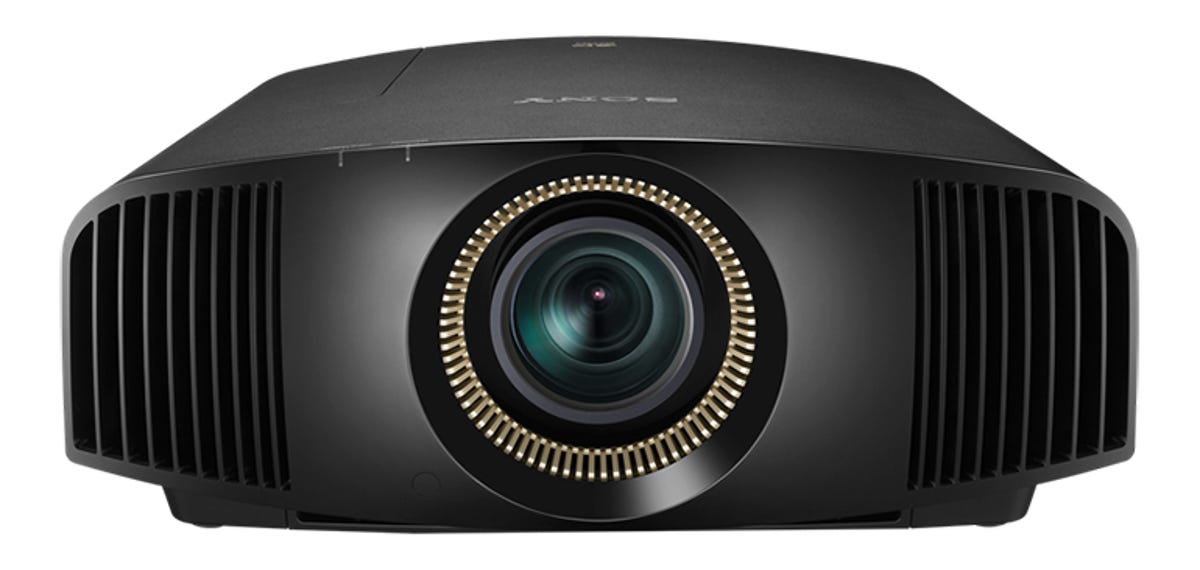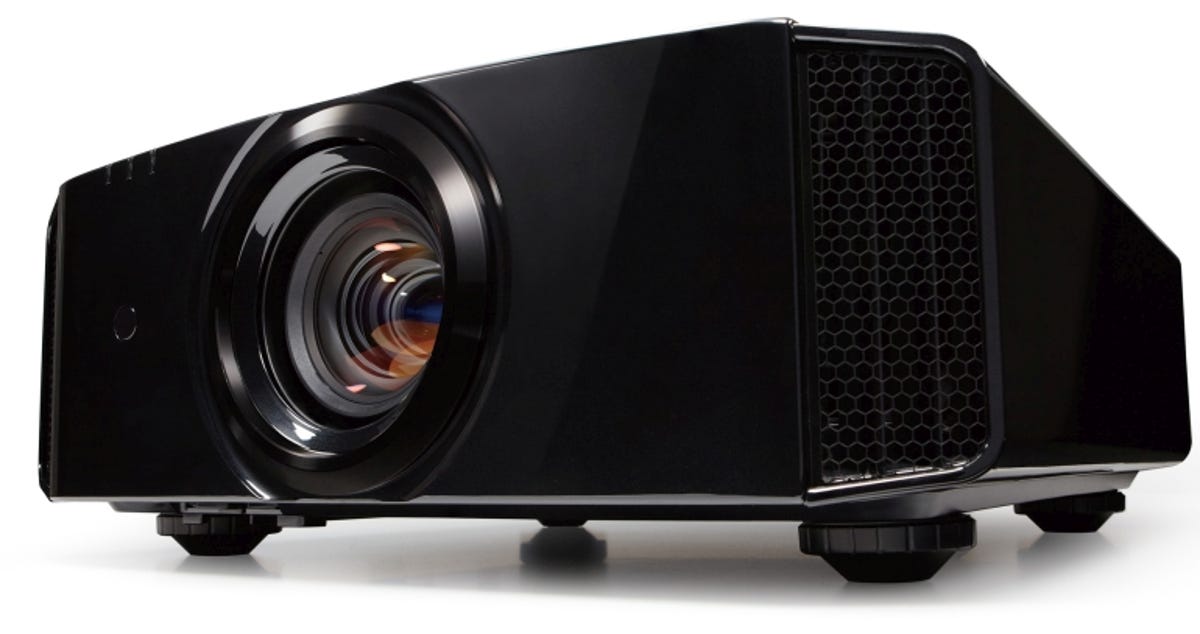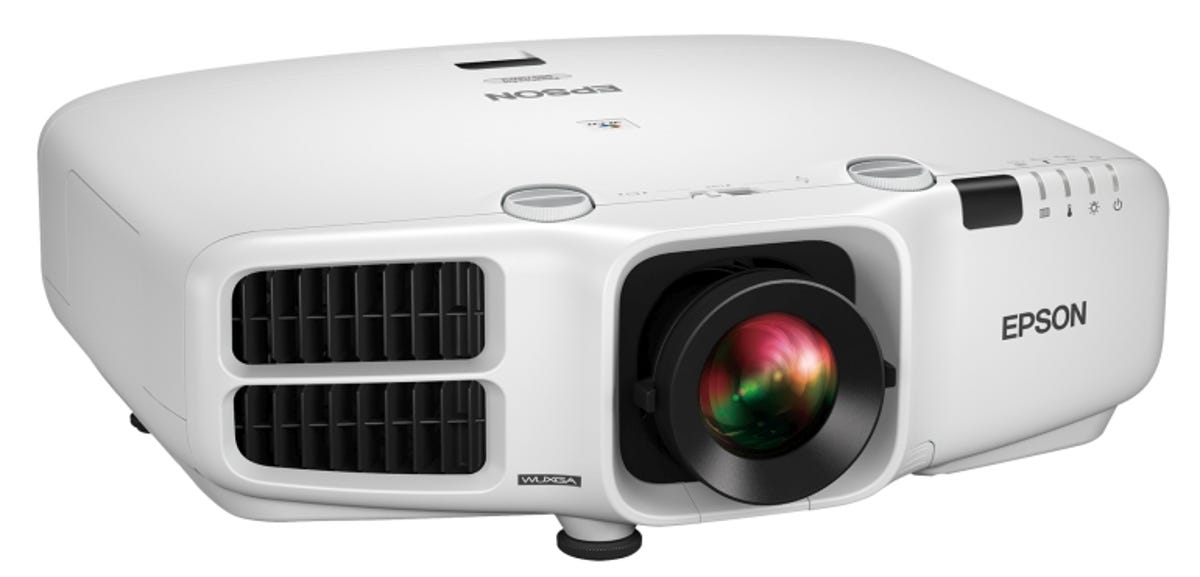
Epson
At the CEDIA Expo last week, Sony, Epson and JVC all announced new projectors. Some are shipping now, some are shipping soon.
Sony has new lower- (note the “-er”) priced 4K projectors, and JVC is back after a brief hiatus with brighter faux-K projectors. Epson has a bevy of 1080p projectors with higher brightness, which should be really impressive given how bright their projectors have been in the past.
All prices are in US dollars with Australian and UK pricing and availability yet to be announced.
Sony
Sony announced three 4K PJs: the VPL-VW665ES, VPL-VW365ES, and VPL-VW5000ES. The 665ES is HDR-compatible, and has a claimed 300,000:1 dynamic contrast ratio from its SXRD chips and 1,800 lumens of brightness. It’s 3D-capable for those who are still interested in that. The 665ES also has Sony’s “Triluminos” color tech, but since this projector uses a traditional lamp (rather than LEDs or lasers), it’s likely this is merely referring to how it uses three SXRD chips (unlike DLP which commonly uses just one). It’s $15,000.


Sony
The cheaper 365ES has most of the same features, though it has only 1,500 lumens of brightness, no HDR, and no dynamic iris. It’s $10,000. Both the 365ES and 665ES will be available later this month.
For the down-payment-on-a-home price of $60,000, the VPL-VW5000ES is a whole other level of performance (as you’d hope, for that money). With a claimed 5,000 lumens, any screen you’d be able to fit in your house would still be impressively bright. It’s HDR-compatible, and thanks to its laser light source, it’s capable of the full P3 color gamut and can “emulate the BT.2020 color space.” Sony claims a 1,000,000:1 dynamic contrast ratio. It’s due out this spring.
For us mortals, there’s the $4,000 VPL-HW65ES, announced last month at IFA but shipping now. It’s 1080p and has a claimed 1,800 lumens and 120,000:1 dynamic contrast ratio. There’s not much difference between the 65ES and its predecessors, save a slight brightness increase. That’s OK, though, as the HWxx projectors have been consistently quite good .
JVC
JVC has three new models, all shipping in November (note, as of this writing, the website hasn’t been updated). Each model comes in two variants that will be sold through different retail outlets, but each has the same performance. For example while one sibling has gold highlights, the other, silver. JVC claims all are significantly brighter than the projectors they replace.


JVC
All models are “4K e-Shift4” which shifts the pixels from the 1080p D-ILA (LCOS) chips horizontally and vertically by half a pixel to project 3,840×2,160 resolution on screen. When we reviewed the last generation DLA-X700R , it had the best picture we’d seen in a projector, but found that “e-Shift and 4K input capability don’t improve picture quality.”
Related Articles
- DLP vs LCD vs LCoS: Projector tech pros and cons
- Projectors vs. TVs: Giant-screen pros and cons
- Don’t buy a jumbo LCD TV, buy a projector
- What is HDR for TVs, and why should you care?
- Why lasers are the future (of projectors)
The DLA-X950R and DLA-RS600 pair have a claimed 1,900 lumens of brightness, an improvement of 46 percent over their predecessors. They’re HDR-compatible, and have a claimed native contrast ratio of 150,000:1. An auto-iris can boost that to a claimed dynamic contrast ratio of 1,500,000:1. An “expanded color gamut mode” gives “DCI Color Space” compatibility. They’re THX Certified, and both will be $10,000.
The DLA-X750R and DLA-RS500 pair have a claimed 1,800 lumens, an improvement of more than a third. They’re also HDR-compatible, but have a slightly lower claimed native contrast ratio of 120,000:1. They also have the expanded color gamut mode, like their big brothers. They are also THX Certified, and both will be $7,000.
Lastly, the DLA-X550R and DLA-RS400 have a claimed 1,700 lumens, up 30 percent. They’re HDR-compatible but lack the expanded color of the other models. They also have a lower native contrast ratio of 40,000:1 and dynamic of 400,000:1. But the price is a lot better, $4,000.
It’s worth mentioning that while the JVC’s lack the Sony’s native resolution, their native contrast ratio is likely visually better. That has been the case with previous JVC and Sony projectors, and we’d be surprised if that changed.
Epson
Epson announced four new models, the Pro Cinema G6970WU, Pro Cinema G6570WU, Pro Cinema 4855WU, and Pro Cinema 1985.


Epson
Two things make the $7,000 Pro Cinema G6970WU and $5,500 Pro Cinema G6570WU interesting: six lens options and impressive claimed brightness. The G6970WU has a claimed 6,000 lumens, which is potentially brighter than the $60,000 Sony mentioned above (though of course lacking that projector’s 4K resolution, P3 color and contrast ratio). The cheaper G6570WU has a still-impressive claimed 5,200 lumens.
These “Pro G Series” are designed for the custom install market, where long, short, or rear projection options are required, hence the multiple lens options. They also include connectivity options like HDBaseT, HD-SDI, and DisplayPort, along with HDMI. Contrast ratio for both is a claimed 5,000:1 with an auto-iris. Resolution is actually a little greater than 1080p, at 1,920×1,200.
The $3,049 Pro Cinema 4855WU is similar to the Pro G Series projectors, but drops a few features for the price. It’s “only” rated for 4,000 lumens, and doesn’t have multiple lens options. It shares their overall look, resolution, and 5,000:1 contrast ratio.
The 1080p Pro Cinema 1985 is a bit different than the other three announced. It’s more portable in size and has built-in wireless connectivity, including Miracast and WiDi. Its two HDMI inputs are also MHL-compatible, and you can use them to plug in a Roku Stick or Chromecast . There’s a built-in speaker, too. A claimed 4,800 lumens is pretty staggering for such a small projector. MSRP is $2,500.
The over-the-top light outputs of these projectors is pretty cool, but if you’ve got a light-controlled home theater, it’s likely overkill, and the low contrast ratio will probably make them appear washed out compared to higher-contrast ratio projectors like the Sony and JVCs. Brighter is not necessarily better.
The G6970, G6570, and 1985 ship in November. The 4855 is available now.
Got a question for Geoff? First, check out all the other articles he’s written on topics such as why all HDMI cables are the same, LED LCD vs. OLED vs. Plasma, why 4K TVs aren’t worth it and more. Still have a question? Send him an email! He won’t tell you what TV to buy, but he might use your letter in a future article. You can also send him a message on Twitter @TechWriterGeoff or Google+.




